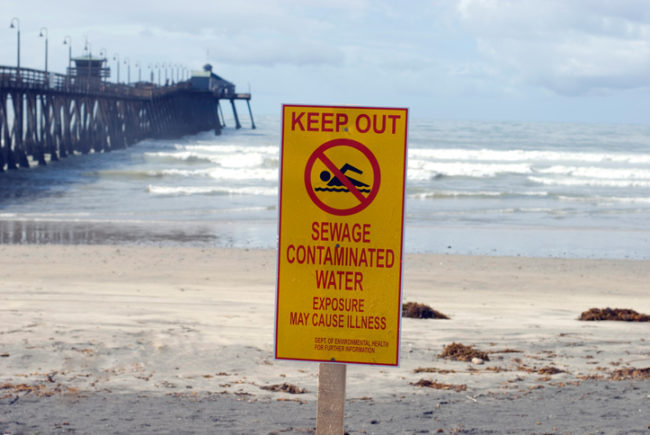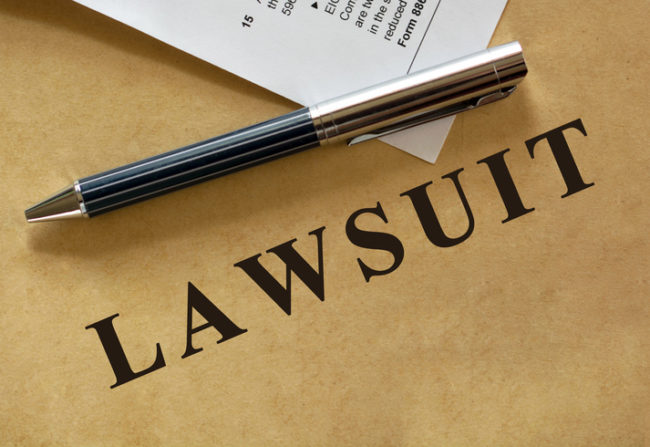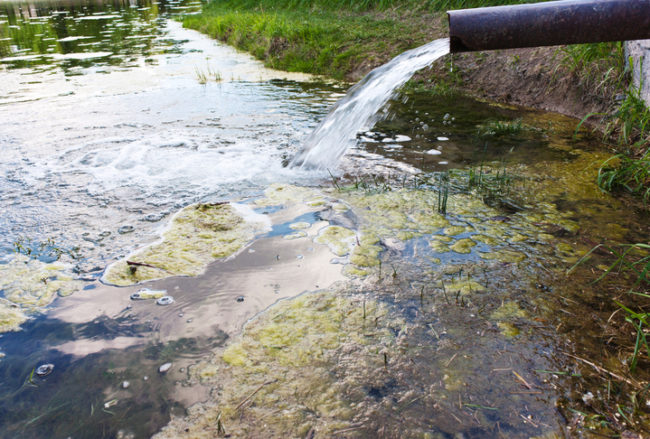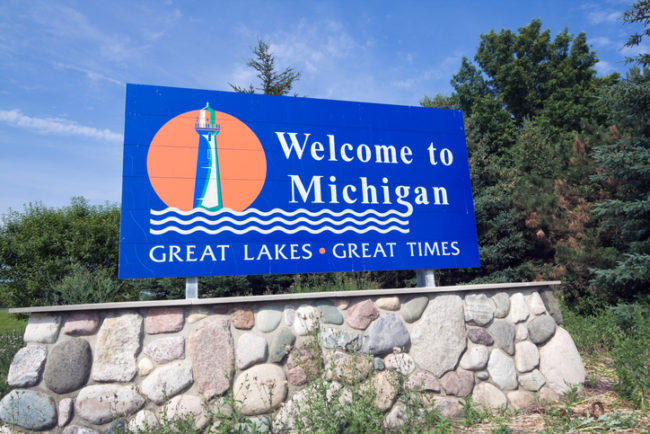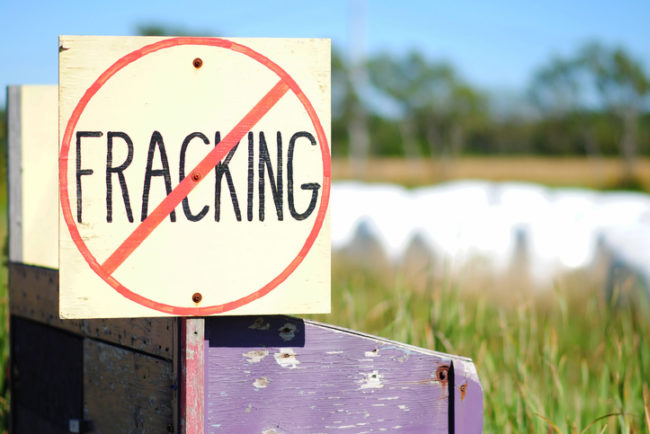An interesting battle currently is playing out in the California courts involving what can be considered a “second generation” of climate change suits that seek to hold producers of greenhouse gases responsible for the costs that government entities are forced to expend in adapting to climate change. In July 2017, three California government entities — Marin and San Mateo Counties, along with the City of Imperial Beach — filed suit in California Superior Court against some of the world’s largest oil, gas, and coal companies, …
Continue Reading

